Get ready for another edition of our monthly TrendWatch! Here we explore 10 exciting trends covering diverse topics, this time ranging from a specific chocolate bar to so-called almond mums and inquiries into the best earbuds of the year.
Skibidi (US)
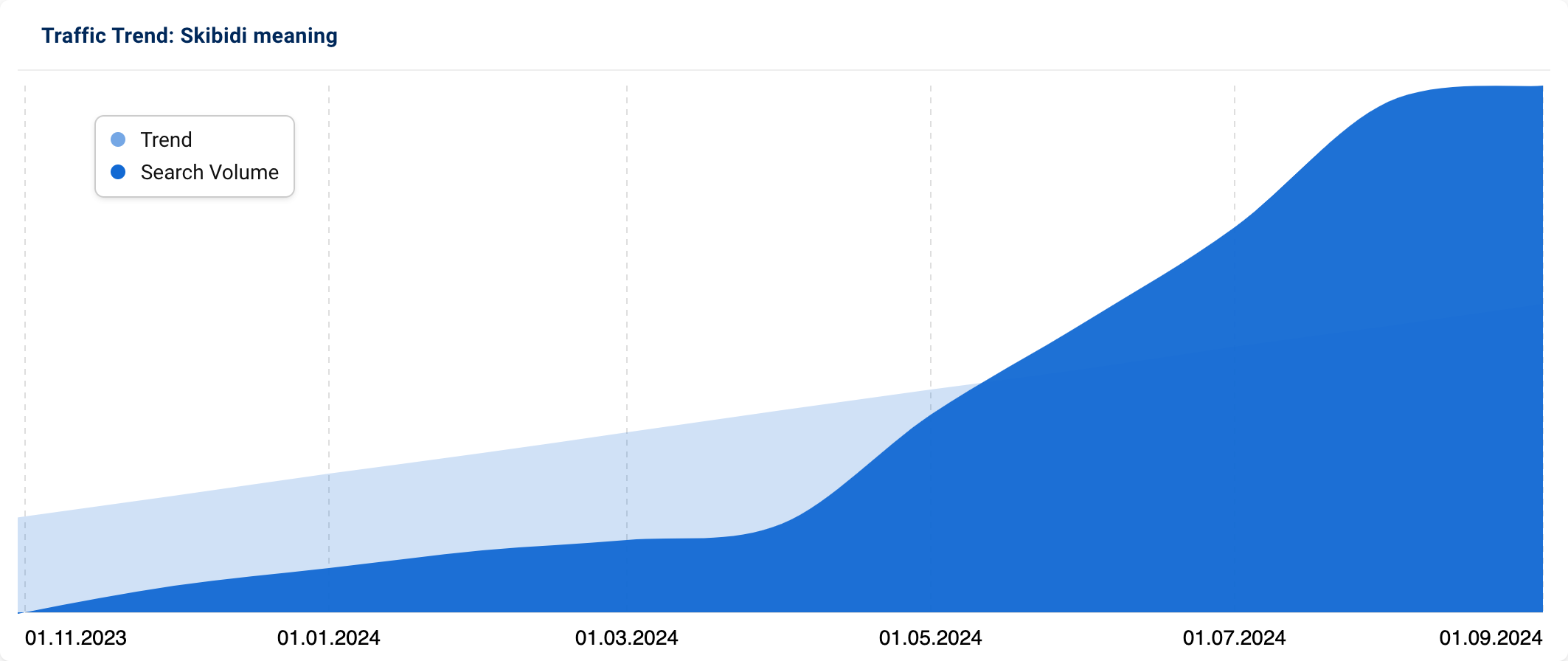
“Skibidi” (think “skippity”) is Gen Alpha’s latest linguistic wildcard. This nonsense term morphs into whatever young users need it to be – cool, terrible, or just plain weird.
The word exploded thanks to the bizarre “Skibidi Toilet” YouTube series, where toilets with human heads run wild. With over 47M views on YouTube, “skibidi” has become Gen Alpha’s go-to absurdist slang. Drop “That’s so skibidi!” in conversation and you’ve either praised something, roasted it, or both – that’s the beauty of it.
The term perfectly captures how today’s kids approach language: if you can’t find the right word, make one up and let chaos reign.
Bonus: Video of Boomers guessing what Skibidi means
Dubai Chocolate Bar
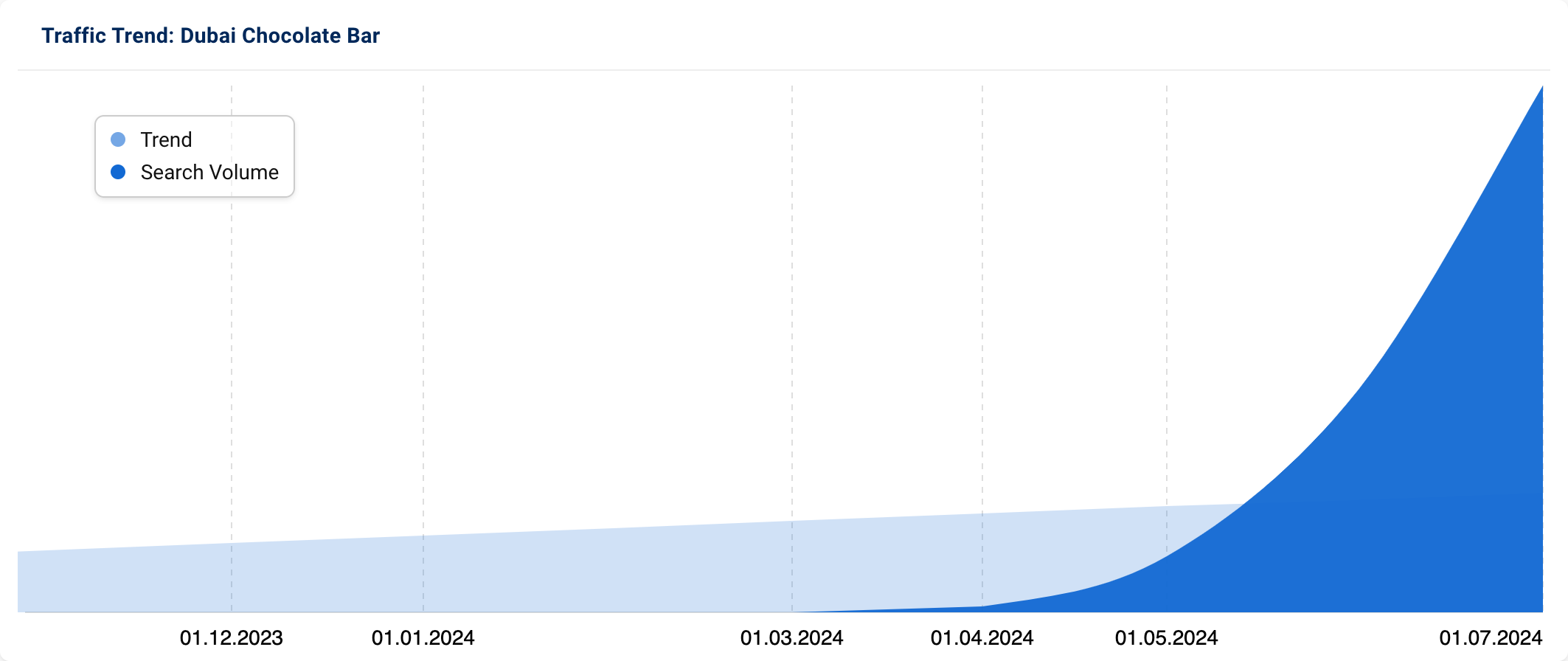
The Dubai chocolate bar, known as “Can’t Get Knafeh of It”, went viral largely due to a TikTok video by food influencer Maria Vehera, who showcased the unique dessert in an ASMR-style clip that has amassed over 90 million views.
The bar, created by Filipino chef Nouel Catis Omamalin and British Egyptian entrepreneur Sarah Hamouda at Fix Dessert Chocolatier, features a gooey filling made of crispy knafeh and creamy pistachio spread, which has captivated audiences worldwide. Following Vehera’s initial post, countless users began sharing their reactions and attempts to recreate the chocolate bar, further fueling its popularity and inspiring copycat versions around the globe.
Almond Mum
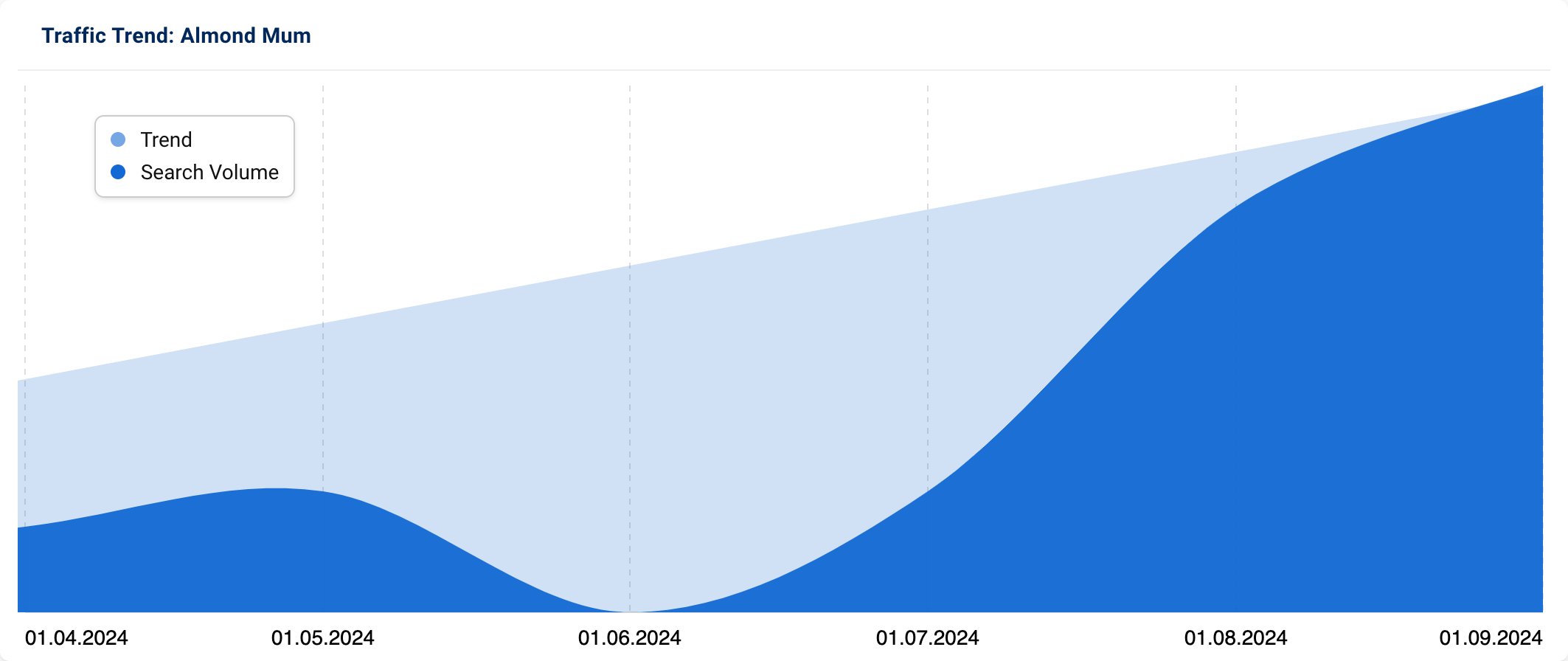
The “almond mum” trend swept social media as Gen Z and millennials began calling out a specific type of maternal food behaviour that makes eating six unsalted almonds sound like a full meal and considers “a handful of grapes” an indulgent snack. Born from a viral clip of Yolanda Hadid telling her model daughter Gigi to “eat a couple of almonds and chew them really well” when she felt weak from hunger, the term now describes mothers who unintentionally pass down restrictive eating habits and diet culture to their children.
While most almond mums genuinely believe they’re promoting healthy habits, they’re inadvertently creating a generation that can’t look at a bowl of pasta without hearing “are you sure you want to eat that?” in their head – and who probably have very strong feelings about cauliflower rice being called “rice” at all.
Bloomer Short
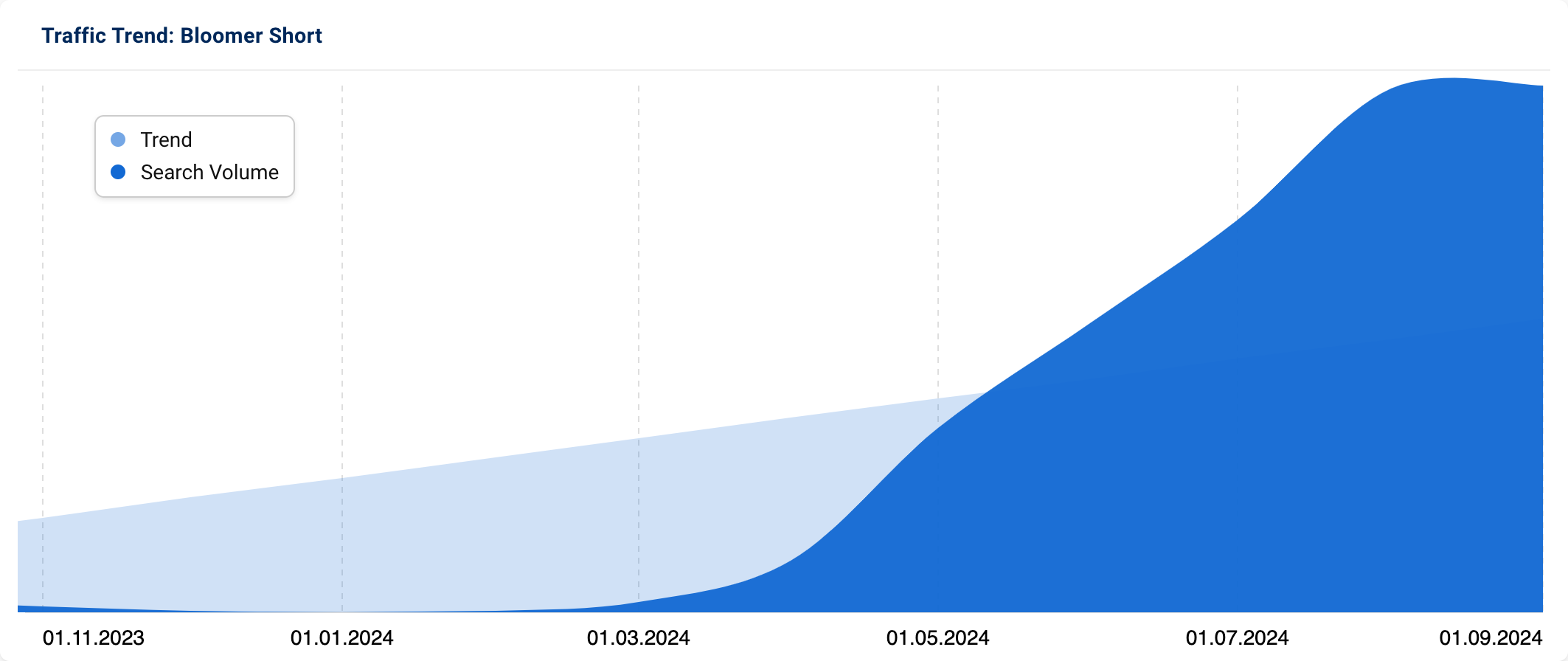
Bloomer shorts are an iteration of the Victorian-era undergarment found on the runways of the 2024 spring/summer collections. And I have to admit that my jaw dropped when I saw a photo of these shorts!
Originally designed in the 1850s by women’s rights activist Amelia Bloomer as a practical alternative to restrictive skirts, these voluminous, gathered shorts have been reimagined by contemporary designers like Simone Rocha and Cecilie Bahnsen. Modern bloomer shorts typically feature a high-waisted silhouette with generous gathering at the waist and thighs, culminating in elastic or ruffled hems that hit mid-thigh to just above the knee.
The style has gained traction among fashion enthusiasts for its unique blend of comfort, femininity, and versatility, often crafted in lightweight fabrics like cotton poplin, silk, or linen. The bloomers’ resurgence aligns with the broader “cottagecore” and “romantic academia” aesthetics dominating social media, while also appealing to consumers’ growing preference for clothing that combines historical references with contemporary comfort and practicality.
Mounjaro
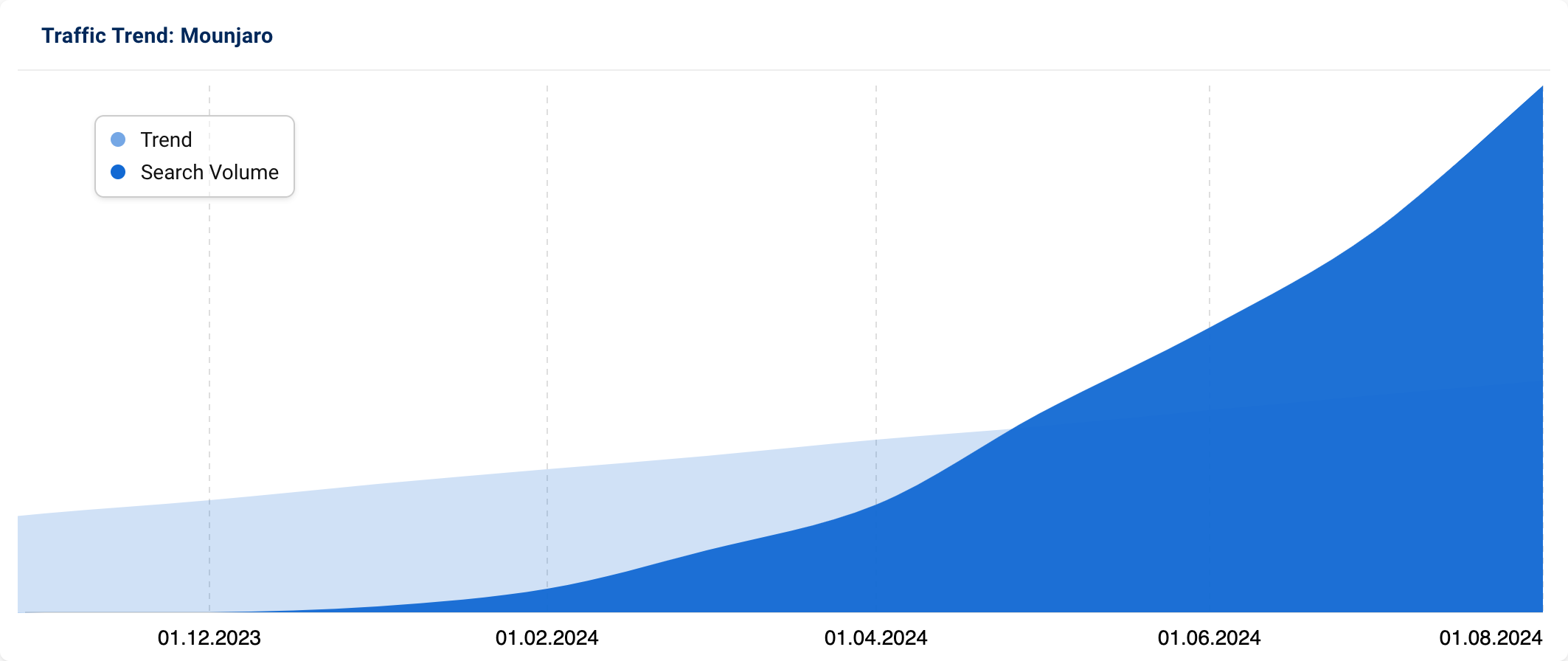
Mounjaro (tirzepatide) is the new heavyweight champion in the weight loss arena – except its whole purpose is to make you less of a heavyweight. This superstar is technically a diabetes drug, but it’s making waves for its impressive weight loss results.
Think of it as Ozempic’s overachieving cousin. While Ozempic hits one target in your body (GLP-1), Mounjaro goes for the double-whammy by targeting both GLP-1 and GIP receptors. It’s basically the multitasker of the medication world.
The numbers are turning heads:
- 3 months: 5.9% weight loss (vs Ozempic’s 3.6%)
- 1 year: 15.3% weight loss (vs Ozempic’s 8.3%)
- 84 weeks: 18.4% average weight loss (that’s like losing a small person!)
Side effects? About the same as Ozempic – turns out even super-powered medications can’t completely avoid tummy troubles. Just remember, no medication replaces a balanced diet and exercise, but Mounjaro is making other weight loss drugs look like they’ve been skipping gym day.
Strands (US)
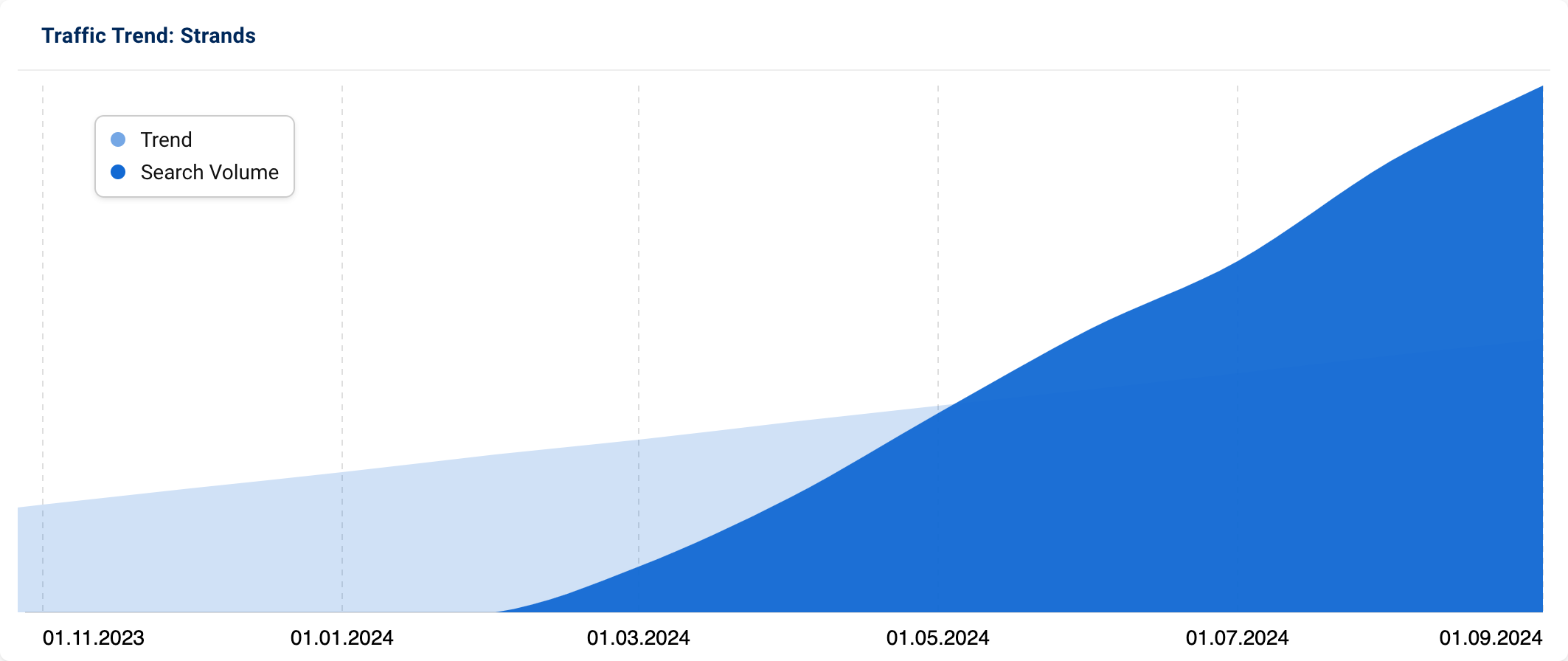
You can find Strands word puzzle in the same New York Times app you’ll find Wordle. Strands is a word game that challenges players to find words hidden in a grid of letters, organised in a 6×8 format. Unlike conventional word searches, players are not provided with a list of words to find; instead, they receive a thematic hint that relates to the words hidden within the grid. The game also includes a special term called a spangram, which is a word or phrase that encapsulates the day’s theme and spans across the grid either horizontally or vertically.
Try out Strands here.
Mashable Wordle Hint Today (US)
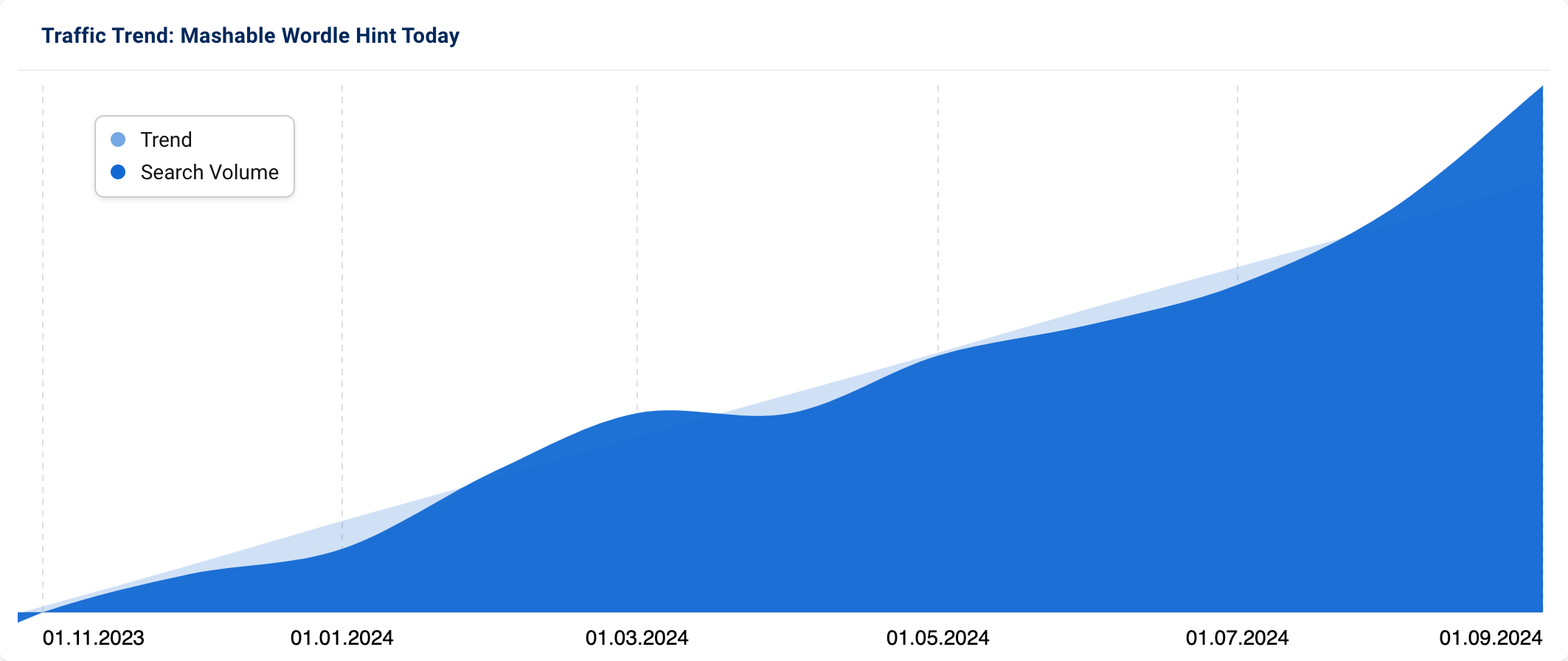
It seems the New York Time really is killing it with their games. Another Times game, Wordle, has inspired a hit series of posts on Mashable. Their daily Wordle hint is tapping into the massive cultural phenomenon that Wordle has become while capturing steady search traffic from players seeking help.
These articles are relatively easy to produce yet generate reliable engagement, as frustrated players often search for clues before using their final guesses. The hint format is particularly clever – by offering progressive levels of help (from subtle clues to outright spoilers), they keep readers on the page longer and serve both casual hint-seekers and those desperate for the answer. And let’s be honest – with millions of players stuck on their last guess and desperate not to break their streak, these articles practically write themselves in terms of traffic and clicks.
Big Back (US)
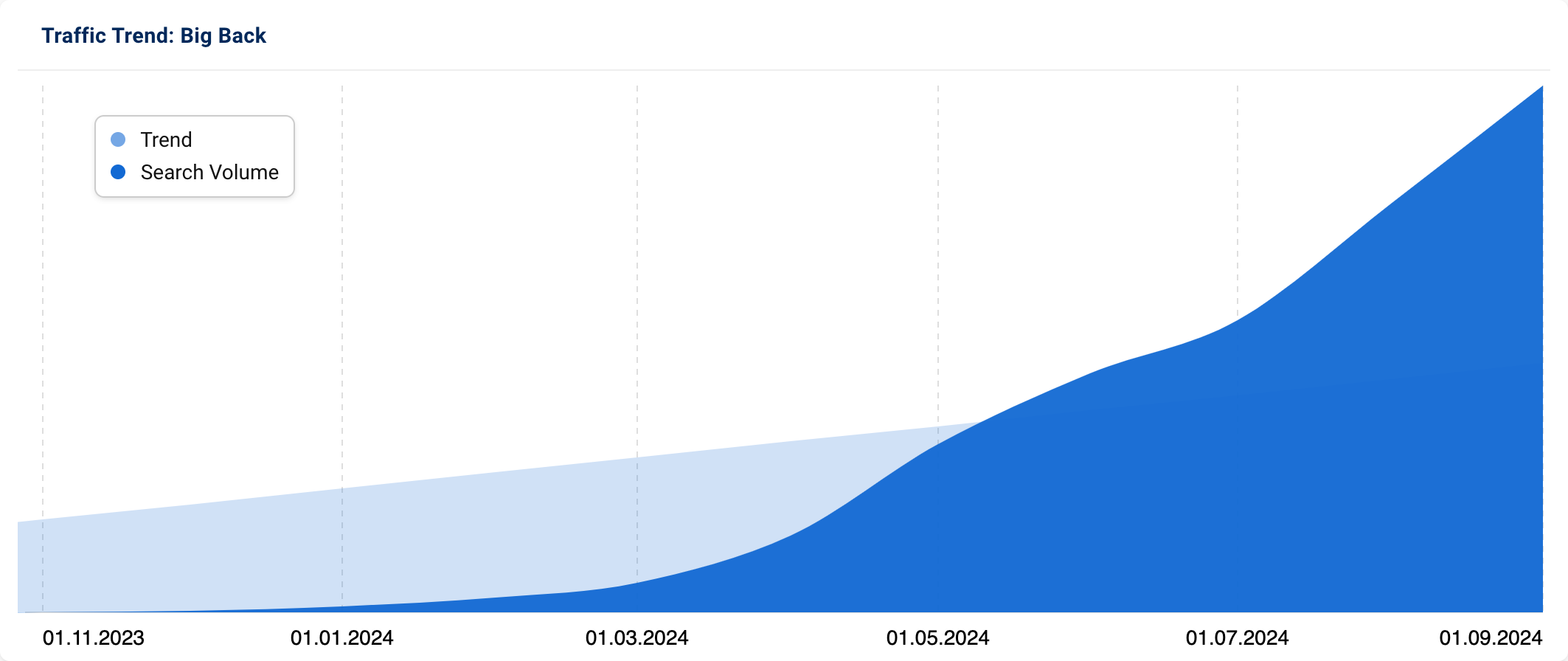
The term “big back” has shifted from British slang for large buttocks to a trending phrase on social media, particularly TikTok, where it now often refers to a larger back instead.
Originally, it was used in a funny way to showcase eating habits, with kids exaggerating their body shapes by stuffing pillows into their shirts. What this trend reflects are changing attitudes toward body image and fatness, but it also reveals lingering fatphobia. While there’s growing acceptance of diverse body types, the “big back” phenomenon suggests that discomfort with being overweight still persists, but is being expressed through humour. Big Back highlights the complexities of body positivity in a culture that still grapples with how we perceive larger bodies.
Best Earbuds 2024 (US)
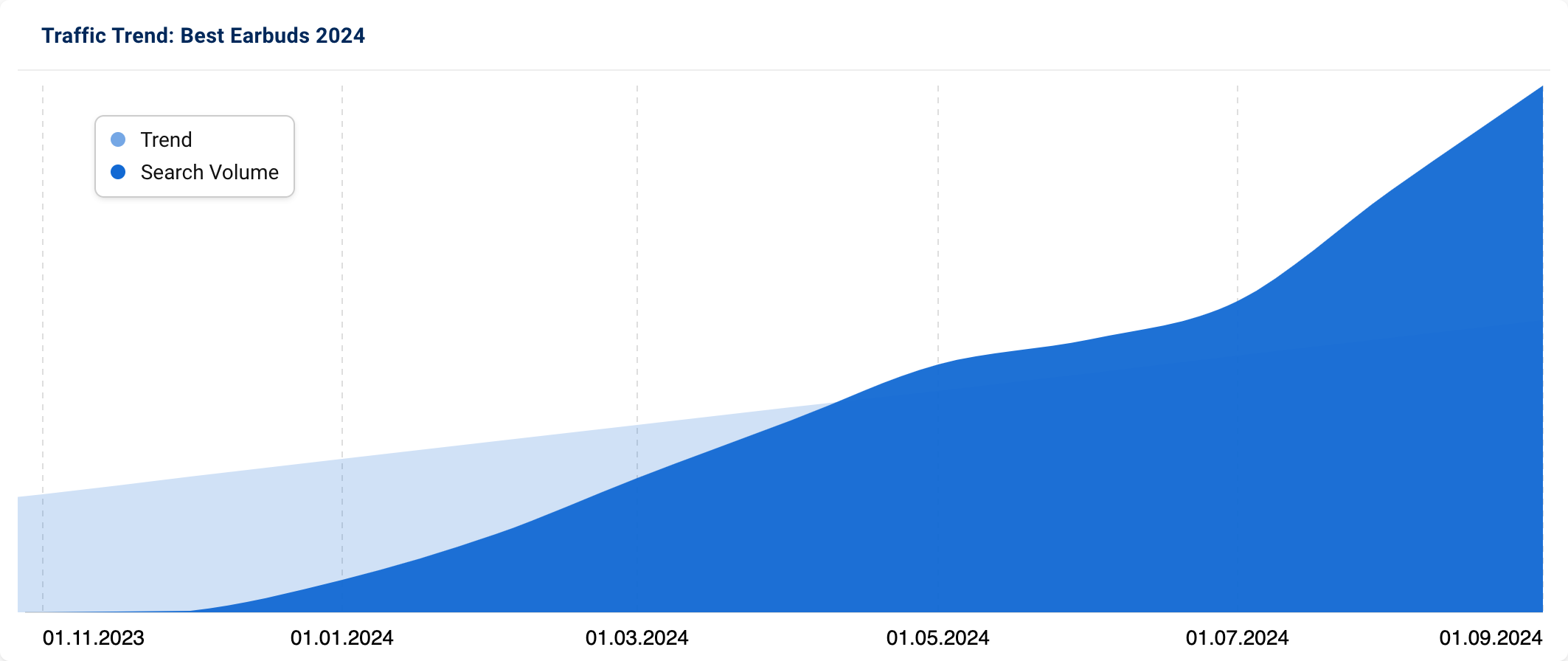
Earbuds and headphones were always safe bets for steady traffic when I was a website owner. Things haven’t changed much over the ears, earbuds remain essential lifestyle gear for fitness, commuting, and remote work. People also want options that fit their specific needs—like sweat resistance for intense workouts or ambient sound modes for outdoor safety. With top brands battling for the best design and performance, consumers are spoilt for choice, constantly comparing models to find the ideal match.
Tech reviewers and influencers keep fresh recommendations flowing, highlighting the best picks across categories and budgets. Add to it the constant stream of big sales that always seem to be just around the corner, shoppers are primed to score high-quality, feature-rich earbuds at great prices. If you’re not keeping your top lists up to date, let this be your inspiration.
Blue Chew for Women (US)
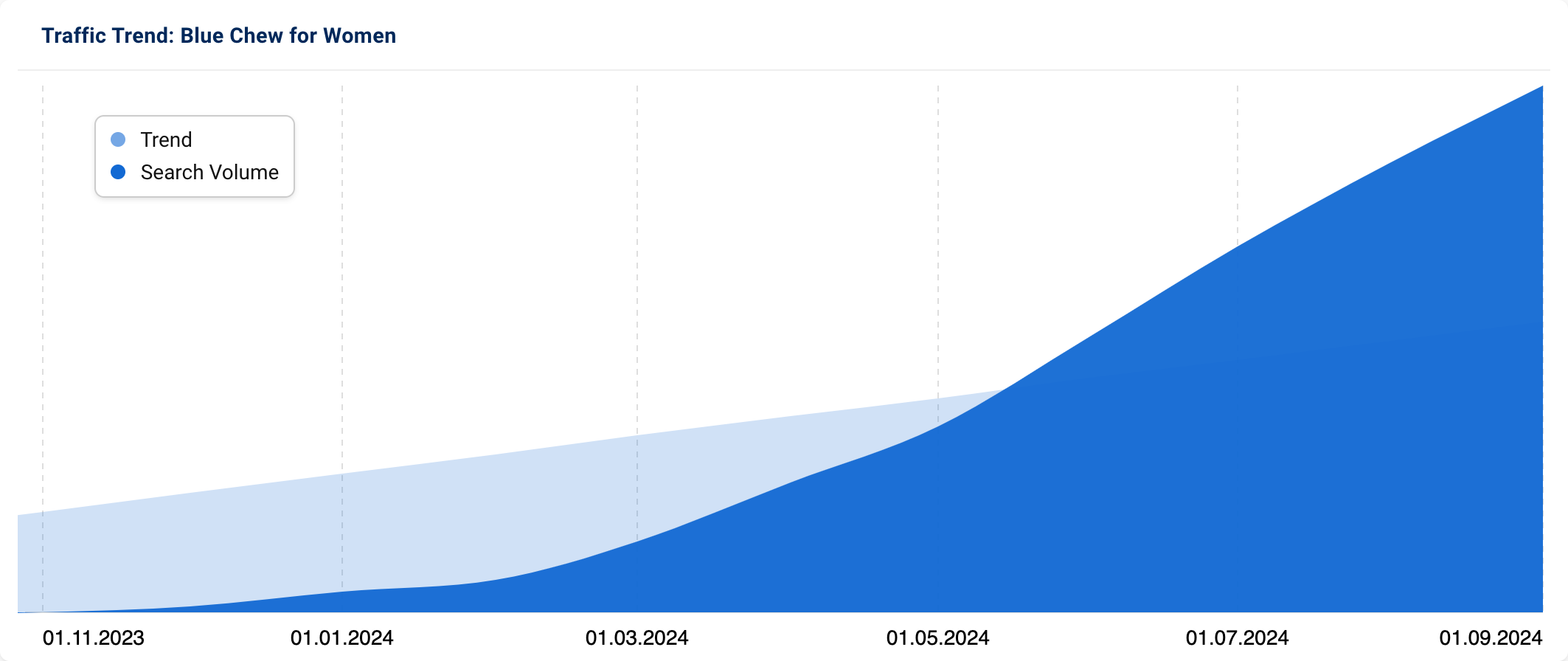
BlueChew is an online subscription service that provides chewable tablets containing FDA-approved drugs like sildenafil, tadalafil, and vardenafil, commonly used to treat erectile dysfunction (ED). Designed specifically for men, BlueChew delivers these medications discreetly to subscribers’ doors, focusing on a convenient and private approach to addressing ED without the need for in-person doctor visits.
Despite BlueChew’s clear focus on male ED, the ladies are curious if there is a female equivalent or “BlueChew for women”. Unfortunately, it’s not that simple, men’s ED medications improve blood flow, and options for female sexual dysfunction work differently. They usually target brain chemistry rather than physical function. For example, Flibanserin (Addyi) and Bremelanotide (Vyleesi), both FDA-approved, treat hypoactive sexual desire disorder (HSDD) in premenopausal women and address neurological factors linked to desire. Everything always seems like it’s just a little easier for the fellas.
TrendWatch is created by the data journalism team at SISTRIX. Every month TrendWatch brings you the backstory to interesting and sometimes humorous keywords that have been developing over time. Search volumes are for the most recent full month in the SISTRIX data.